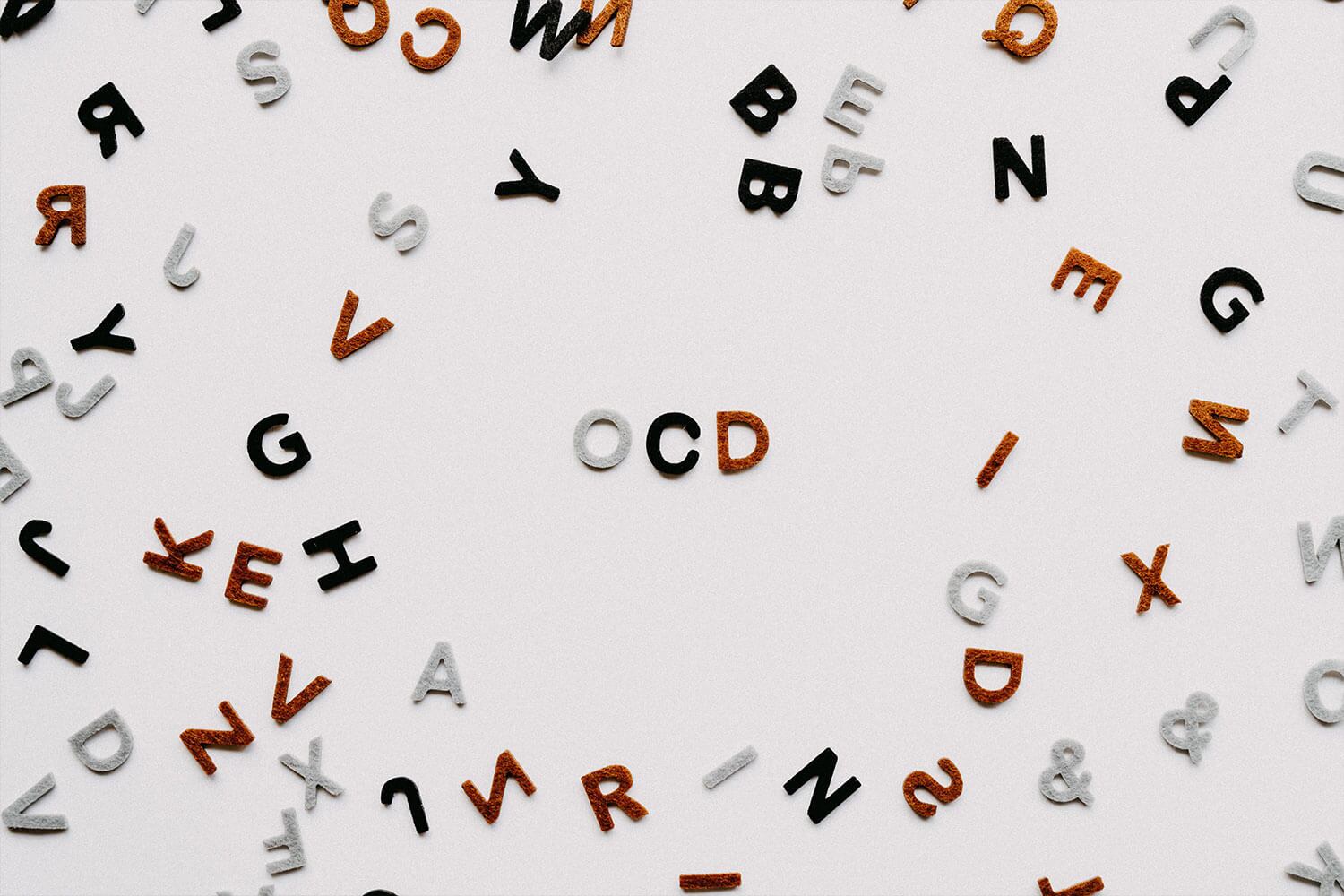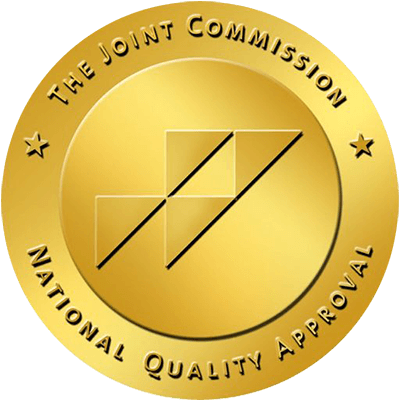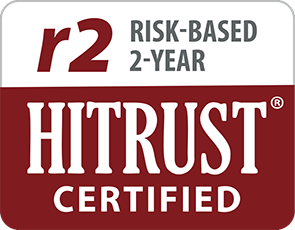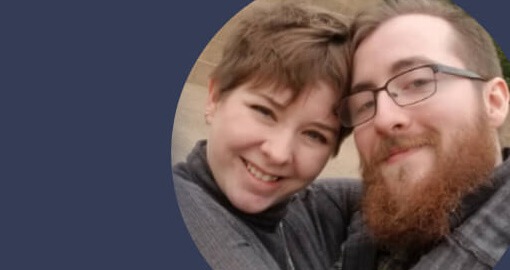Written by Shannon,
Brightside Health
8 Minute Read

Medically reviewed by:
Erin O'Callaghan, PHD
Director of Therapy
10 Minute Read

Most people like things to be neat and tidy. Almost everyone has a morning routine they follow fairly closely everyday. A lot of folks have a very particular way they like things done. However, none of these situations mean everyone has “some” OCD.
OCD, or obsessive compulsive disorder, is an anxiety disorder marked by a continual cycle of intrusive and unwanted thoughts (obsessions) and behaviors to get rid of the obsessions (compulsions).
OCD can cause immense anxiety and stress for individuals who struggle with it. Thankfully, it can be successfully treated. Let’s dive in and learn more about the causes, symptoms, and remedies for obsessive compulsive disorder.
What Is Obsessive Compulsive Disorder?
OCD is an anxiety disorder in which an individual has distressing and persistent thoughts that must be alleviated through certain behaviors and activities. In most cases, people with OCD realize that these thoughts are irrational, but are worried about what might happen if they do not address them.
For example, someone with contamination OCD may constantly believe that there are germs on their hands and they fear spreading these germs to others or getting sick from them. This obsession might lead to the compulsion of hand-washing or hand sanitizing dozens to even hundreds of times a day.
Obsessive thoughts are frequent and can trigger extreme anxiety that can get in the way of day-to-day functioning.
OCD: A Brief Overview
There are many different types of OCD that all revolve around intrusive thoughts and debilitating compulsions. Some common obsessions include:
- Losing control: Those who obsess over losing control may constantly check that nothing terrible can or will happen. This might mean seeking reassurance from others or spending hours making sure that there is always a viable “plan B” for every situation.
- Perfectionism: Someone may feel concerned about exactness or evenness to an extent that affects their daily functioning. This might lead to compulsions such as organizing drawers or countertops with rulers to make sure every little thing is in its exact place.
- Harm: Many people with OCD fear that they will cause harm to themselves or others if certain tasks are not completed. This might cause them to avoid situations or excessively complete precautionary activities in order to prevent harm, such as triple checking that food is safe to eat, or that windows or doors are locked.
Underlying Causes
The causes of OCD are unknown, but risk factors include:
- Genetics: Twin and family studies have shown that people with family members who have been diagnosed with OCD are at higher risk themselves, especially if it’s a parent or sibling, or if the relative developed OCD as a child or teen
- Brain Structure: Brain imaging studies have shown that people with OCD have abnormalities in the frontal cortex and subcortical structures of their brain, but more research is still needed to narrow down the exact connection.
- Environment: Some studies have shown a relationship between childhood trauma and OCD symptoms, but more research is still needed to understand the connection.
Symptoms of OCD
The symptoms of OCD can present themselves as obsessions and compulsions, but some people may only see the symptoms of one or the other. The severity of symptoms can vary based on the amount of stress experienced.
Some common obsession symptoms include:
- Fear of touching surfaces that have been touched by others
- Doubts that a door is locked or the stove is turned off
- Intense stress when things are slightly out of place
- Recurring thoughts about driving a car off of a cliff or into a crowd of people
- Unpleasant sexual images
As a result of some of these thoughts, compulsion symptoms may look like:
- Hand-washing repeatedly, even as hands become raw and calloused
- Checking stove tops repeatedly to make sure they’re turned off
- Organizing things into certain patterns before feeling comfortable leaving
- Silently repeating a word, phrase, or prayer to prevent harm
- Repeating routine activities, such as walking in and out of a door
- Avoiding situations that might trigger obsessions
Treatment Options
OCD can be successfully treated through a few different means. One is a form of cognitive behavioral therapy (CBT) known as Exposure and Response Prevention (ERP). Through this, someone with OCD may be exposed to stress-inducing images or activities while they learn healthy ways to respond that don’t involve their compulsions.
Antidepressant medications are also effective for treating OCD. While they may not be able to alleviate the obsessions and compulsions entirely, they may be able to alleviate some of the anxiety and depression symptoms that often coincide with OCD.
The most effective course of treatment usually utilizes a combination of CBT and medication.
How Is OCD Diagnosed?
OCD can only be diagnosed by a mental health professional such as a medical provider, licensed therapist, or a psychiatric provider.
First, a psychological evaluation will be used to assess feelings, intrusive thoughts, and behaviors. Then, these results may be compared to the criteria listed in the Diagnostic and Statistical Manual of Mental Disorders (DSM-5) to analyze a match.
Typically, providers look to see if the obsessions and compulsions get in the way of the person’s ability to get through their day-to-day responsibilities, such as going to work or school, doing chores, and participating in social activities and interactions.
Living With OCD
Having OCD can cause everyday situations to become anxiety and stress-inducing. For many people, it first starts as an irrational thought that snowballs into fear and worry. This leads to the need to enact a behavior that will alleviate these highly uncomfortable feelings.
Some people with OCD also feel a great deal of shame, so they may try to hide it from others. Additionally, many people feel embarrassed when someone else watches them complete a compulsive behavior that may not make a lot of sense out of context. This can add on even more anxiety to an already stressful condition.
What Is OCPD?
OCPD, or Obsessive Compulsive Personality Disorder, is a personality disorder that’s marked by a preoccupation with orderliness and perfectionism at the expense of flexibility and efficiency. People with OCPD often try to take control of situations in order to follow exact rules, or they may be inflexible with a predetermined plan even if it means others would benefit from changes to that plan.
The main difference between OCD and OCPD is that those with OCPD do not engage in “true” compulsions to alleviate anxiety. This is because people with obsessive compulsive personality disorder often don’t recognize that their decisions may be having an impact on others. In contrast, most people with OCD are very self-aware that their thoughts and behaviors are irrational and invasive.
Related Disorders
There are a few disorders that are grouped together in the DSM-5 that share similar characteristics to OCD. These include:
- Body Dysmorphic Disorder: People with BDD have obsessions and compulsive behaviors that are entirely related to the appearance of their body or the way they look. They’re likely to seek cosmetic surgery or engage in unhealthy habits to look a certain way.
- Hoarding Disorder: Those with hoarding disorder may spend a great amount of time collecting or organizing items in their home. They have persistent difficulty parting with their possessions, even if the clutter disrupts the ability to functionally use their living space.
- Body Focused Repetitive Behaviors: People with BFRB may engage in repetitive behaviors that involve some form of body focused harm in order to alleviate discomfort. Skin picking, hair pulling, or nail biting are common examples.
- Olfactory Reference Syndrome: This is a disorder in which an individual believes they emit a foul odor. Someone with ORS may excessively bathe, change clothes, or avoid social situations.
Recap
Obsessive compulsive disorder is an anxiety disorder characterized by intrusive and unwanted thoughts (obsessions) that lead to irrational and inundating behaviors (compulsions). OCD can take many forms, but a common example is obsessions over germs that cause compulsions related to cleaning or washing.
It’s believed that OCD stems from learned behaviors that alleviate anxiety, though it’s also thought that genetics and environmental factors are at play. People who have experienced a stressful life event, or who have been exposed to OCD in their family, may be at a predisposition for developing it later on.
OCD can cause a lot of stress for individuals and their loved ones. The good news is that help is that getting help is easier than ever.
Brightside uses science-backed approaches to craft a personalized treatment plan for anxiety and depression to help you get back on track to feeling like yourself again.
85% of Brightside members feel better within the first 12 weeks.
Ready to get started? Click here to take the free Brightside assessment.
Sources:
Obsessive Compulsive Disorder | BetterHealth
Obsessive Compulsive Disorder (OCD) | The Mayo Clinic



















